Specifications
- System Components
- Sprinkler Heads: Open heads designed to release water immediately when triggered by a fire detection system.
- Water Supply: Sufficient capacity to ensure continuous water delivery. Typically includes fire pumps, water storage tanks, and piping systems.
- Detection System: Includes heat detectors, smoke detectors, and flame detectors to activate the system.
- Control Valve: Used to regulate the water flow and pressure, often linked to the fire alarm system.
- Piping Network: Designed for fast water flow to all sprinkler heads, often using carbon steel, stainless steel, or CPVC piping.
- Water Discharge Capacity
- High-Volume Water Flow: Deluge systems are designed to discharge high volumes of water, typically between 10 to 30 gallons per minute per nozzle, depending on the application.
- Instant Activation: The entire system is activated simultaneously, delivering a large volume of water within seconds of fire detection.
- Activation Mechanism
- Automatic Activation: Triggered by fire detectors (heat, smoke, or flame) through a linked control panel.
- Manual Override: Allows manual activation in case of system malfunction or when automatic detection fails.
- Types of Deluge Systems
- Wet Pipe Deluge System: Water is pre-loaded in the system’s piping, ensuring rapid response time.
- Dry Pipe Deluge System: Water is stored in a remote tank, and piping is filled with air until a fire is detected.
- Pre-Action Deluge System: Requires detection of a fire and a secondary confirmation before releasing water.
- Pressure Rating
- Systems are designed to handle high-pressure water, typically ranging from 75 psi to 175 psi (5 to 12 bar) depending on the design and application.
- Pressure Relief Valves: Installed to prevent system damage from excessive pressure.
- Water Supply Duration
- Systems typically provide water flow for 30 minutes to several hours, depending on the size of the water tank and fire suppression requirements.
- Backup Water Sources: Can be connected to municipal water supplies or dedicated on-site storage tanks.
- Compatibility
- Suitable for high-risk areas such as chemical storage areas, oil refineries, power plants, and industrial warehouses.
- Often integrated with other fire safety systems like fire alarms, sprinkler systems, and gas suppression systems for enhanced protection.
- Maintenance & Testing
- Regular Inspections: Monthly checks on the system’s control valves, water flow, and detectors.
- Annual Testing: Full system checks, including flow tests and pressure tests, to ensure readiness.
- Standards and Compliance
- Compliant with NFPA 13, NFPA 15, NFPA 16, and UL 199 standards for fire suppression systems.
- Adheres to local fire safety regulations and international codes for fire protection in hazardous areas.
- Certifications
- UL Listed, FM Approved, and CE Certified for compliance with global safety and performance standards.



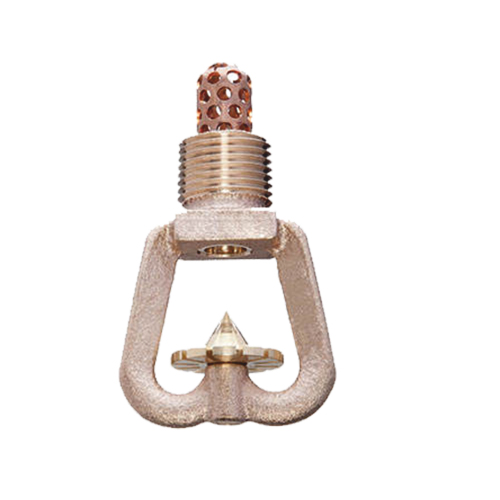
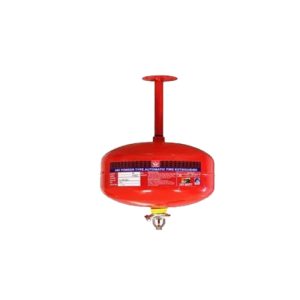
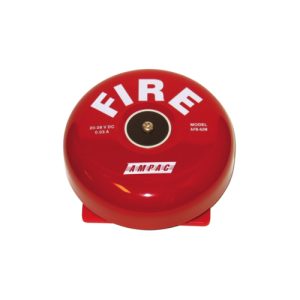
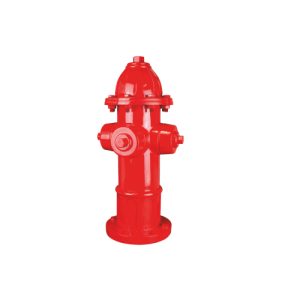
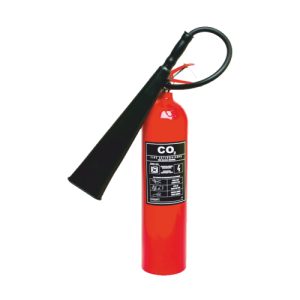
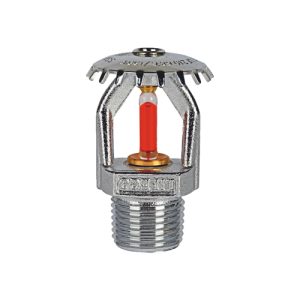
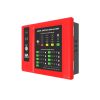
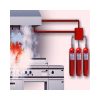
Reviews
There are no reviews yet.